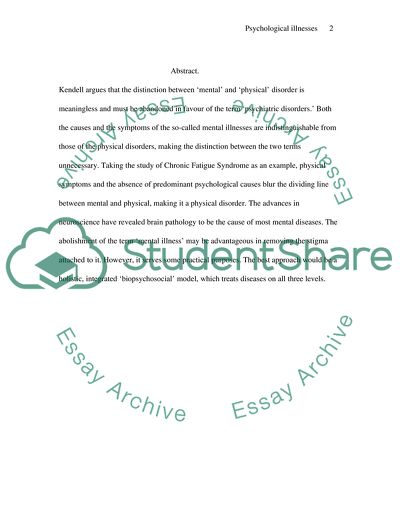Cite this document
(Psychological Illnesses Do Not Differ from Bodily Illnesses Essay, n.d.)
Psychological Illnesses Do Not Differ from Bodily Illnesses Essay. Retrieved from https://studentshare.org/health-sciences-medicine/1705404-mental-health-and-mental-disorder
Psychological Illnesses Do Not Differ from Bodily Illnesses Essay. Retrieved from https://studentshare.org/health-sciences-medicine/1705404-mental-health-and-mental-disorder
(Psychological Illnesses Do Not Differ from Bodily Illnesses Essay)
Psychological Illnesses Do Not Differ from Bodily Illnesses Essay. https://studentshare.org/health-sciences-medicine/1705404-mental-health-and-mental-disorder.
Psychological Illnesses Do Not Differ from Bodily Illnesses Essay. https://studentshare.org/health-sciences-medicine/1705404-mental-health-and-mental-disorder.
“Psychological Illnesses Do Not Differ from Bodily Illnesses Essay”. https://studentshare.org/health-sciences-medicine/1705404-mental-health-and-mental-disorder.


